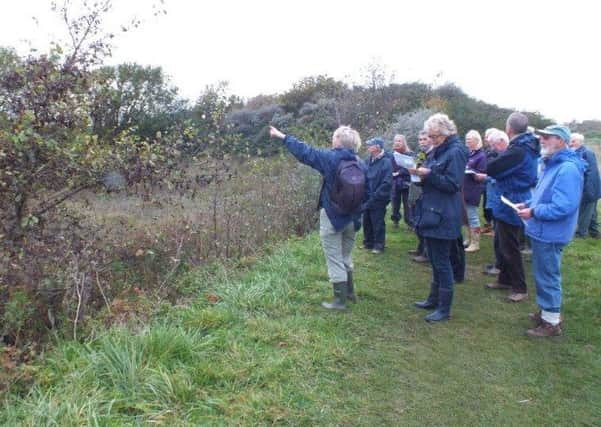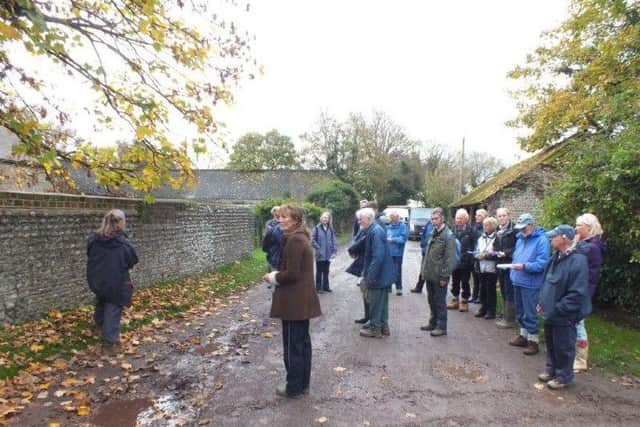Tree trail proves fascinating for conservationists
This article contains affiliate links. We may earn a small commission on items purchased through this article, but that does not affect our editorial judgement.


Dressed for predicted showers, 20 keen members set out from the Bluebird Café car park in Ferring, led by Tricia Hall, the group’s wildlife expert.
Jane Hayman, from Ferring Conservation Group, said: “Tricia challenged us to try to identify ten trees along the way and gave us further facts to add to our knowledge as we came to each tree.”
Advertisement
Hide AdAdvertisement
Hide AdThe first tree correctly identified was a white poplar, an untidy looking tree with dark green-grey leaves and pale grey bark.


Further along the bank, a graceful crack willow was spotted, one of 300 species of willow worldwide. This is one of Britain’s largest native trees, named after the sound made when its branches and twigs fall to the ground.
As a kestrel hovered overhead, the walkers headed west towards Kingston. Treading carefully along the muddy paths, they successfully identified an English elm.
Tricia told the group that Dutch elm disease actually originated in America but was identified by phytopathologists in Holland. The disease has killed more than 60 million British elms in two epidemics and continues to spread today.
Advertisement
Hide AdAdvertisement
Hide AdAs the group headed back towards the west bank of The Rife, they came across a majestic English oak tree. These trees grow to between 20 to 40 metres tall and have leaves that typically have little stem and grow in bunches.
For thousands of years, oak was the prized hardwood timber used for ship building until the mid-19th century, and remains a popular wood for house building.
Jane said: “As our walk came to an end and we made our way northwards to Ferring Country Centre for some well-deserved refreshment, we reflected on our eye-opening journey into our dependence on trees and the benefits they have to all mankind and how every tree has its own story to tell.”
Don’t miss out on all the latest breaking news where you live.
Advertisement
Hide AdAdvertisement
Hide AdHere are four ways you can be sure you’ll be amongst the first to know what’s going on.
1 Make our website your homepage at www.worthingherald.co.uk
2 Like our Facebook page at Worthing Herald
3 Follow us on Twitter @Worthing_Herald
4 Register with us by clicking on ‘sign in’ (top right corner). You can then receive our daily newsletter AND add your point of view to stories that you read here.
And do share with your family and friends - so they don’t miss out!
The Worthing Herald - always the first with your local news.
Be part of it.